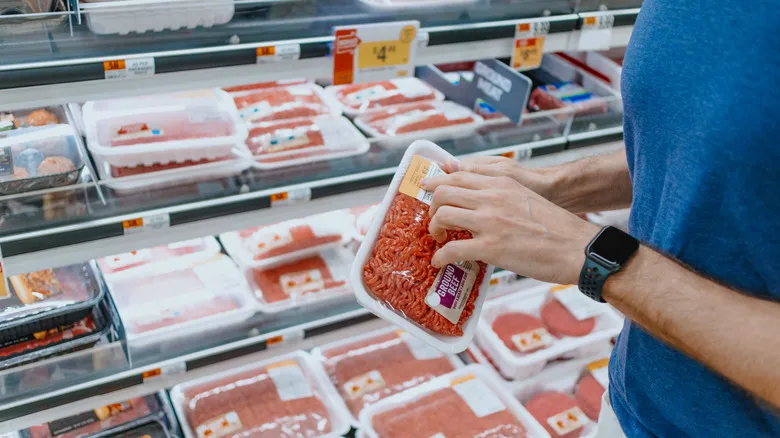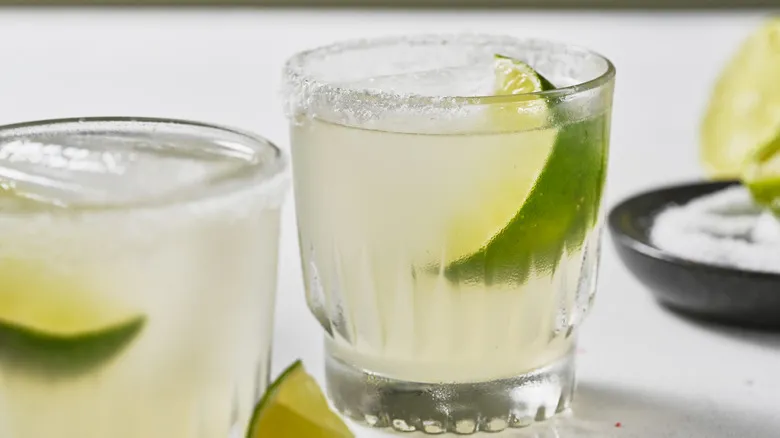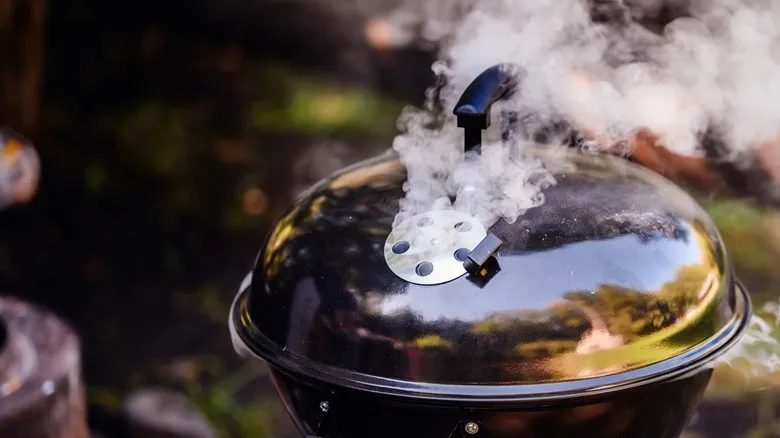The many ways to grind your own hamburger meat

Grinding your own hamburger meat can be a straightforward task, but it does require some time investment. Begin by choosing the right cuts of beef from your local butcher. Most butchers and meat specialists recommend cutting the meat into 1 ½-inch cubes and chilling them in the refrigerator for a few hours. Cold meat yields the best grind, regardless of the cut. Next, you can choose from several methods to achieve the ideal consistency for your burgers. Electric countertop meat grinders, such as the Cheffano model, offer a quick and easy solution for grinding beef. If you own a stand mixer, you can opt for Kitchenaid's meat grinder attachment to avoid purchasing a new appliance.
Once your meat is chilled, simply place the cubes into the automatic grinder, which will handle the rest. Alternatively, a manual countertop meat grinder, like the Huanyu hand-crank model, can also be used if you're willing to put in the effort to grind the meat by hand. Another option is to utilize a high-powered food processor equipped with sharp blades and sufficient power to process meat effectively. If you end up with more ground meat than needed for your burger night, you can freeze your custom blend for future use, making your next cooking session easier. According to the FDA, ground beef can be stored in the freezer for up to four months.
Meat combos for the best burger on the block

To create the ideal blend of beef for hamburgers, it's essential to grasp the impact of fat on your burger. A higher fat content results in a juicier patty, and you should modify the fat level based on your preferred cooking style. For a classic medium-well hamburger, a mix of ground chuck and sirloin with an 80/20 fat-to-lean ratio works best. If you prefer your burgers well done, consider increasing the fat content to ensure the meat remains juicy during the longer cooking time.
While sirloin and chuck are key ingredients in hamburger meat, they aren't the only options for crafting delicious burgers. Gordon Ramsay's ultimate hamburger blend features ground brisket, short rib, and chuck. You can also experiment with grinding your own bison or elk meat, or incorporate lamb for a gyro-inspired twist. As you explore different meat combinations, think about trying out various hamburger buns as well. Some alternative bun options to consider include croissants, English muffins, and even rice paper. Pair a unique bun with freshly ground beef for an unforgettable burger night.
Recommended
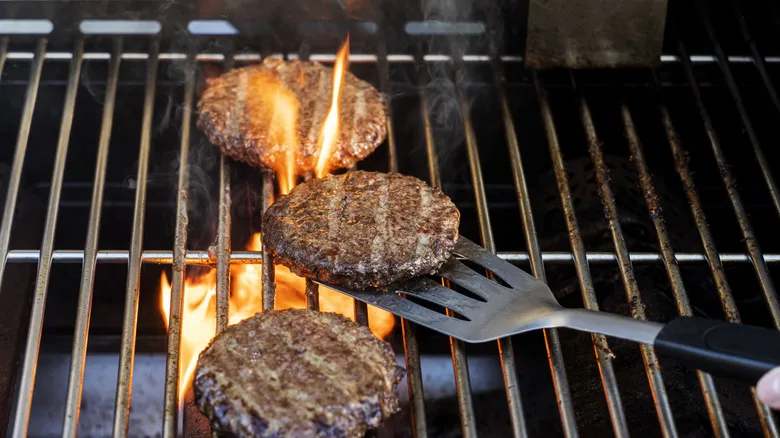
Why Grilled Burgers Should Have A Higher Fat Content Than Pan-Fried Patties
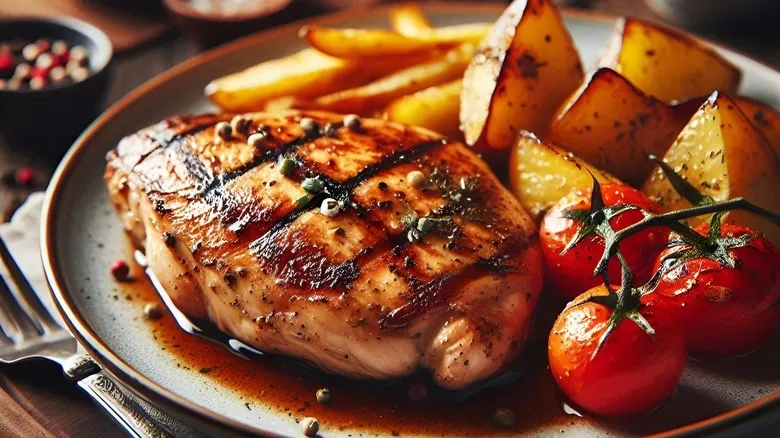
The Technique That Ensures Your BBQ Chicken Doesn't Dry Out

The St. Louis-Style Barbecue Sauce That's An American Treasure

The Guy Fieri BBQ Sauce We Thought Was The Worst
Next up

